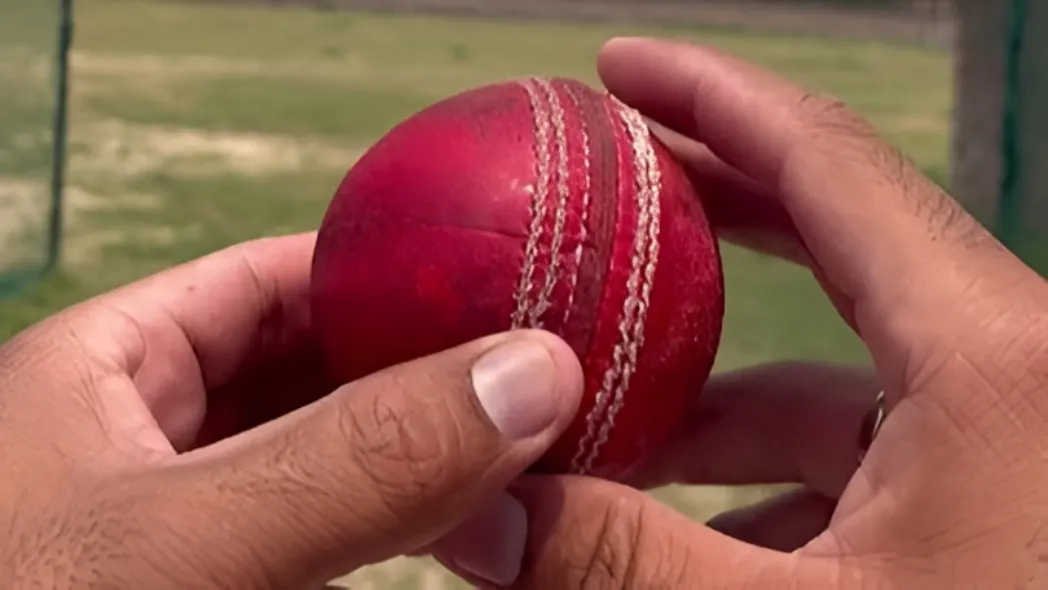Every time Test cricket visits India, one debate inevitably barges into the room like an uninvited opener: “Did they doctor the pitch?” And yet, the irony is delicious. India has one of the strongest home Test records in modern cricket, unbeaten in a series at home since 2012, armed with spinners who can make even solid techniques wilt. So why engineer surfaces that implode faster than a T20 batting lineup chasing 260?
The Eden Gardens Test, played after a six-year hiatus, reopened the old wound. Balls exploding off a length, batting reduced to pre-emptive guesswork, and a match drifting towards a two-day finish, this wasn’t a contest; it was survival training. Even experts suggested India may not have wanted such a surface at all. Misjudgment? Over-correction after the New Zealand fiasco? Or an accidental product of poorly aligned instructions?
Misaligned Intent Meets Misread Surface
Former India batting coach Sanjay Bangar hinted that the Eden pitch didn’t feel like something an experienced curator would produce voluntarily. And he’s right, no curator risks reputational suicide in a marquee Test after six years. That suggests instructions were involved, yet perhaps instructions based on outdated fears. After India’s Pune 2017 blunder against Australia, where a rank turner backfired brutally, the management consciously moved away from extreme surfaces. The shift brought five-day contests, tight series, and confidence in players to win without gimmicks. So why the regression now? Perhaps, simply, a misreading of conditions rather than a deliberate ploy.
When Pitches Become Psychological Hazards
Several players said the pitch wasn’t just difficult, it was untrustworthy. And that’s the real issue. Test cricket is already a mental chess match; add a pitch behaving like a faulty elevator, and batters begin pre-empting death balls instead of playing naturally. Confidence evaporates. A 30 feels like a century. This is where development suffers: a batter who should be learning to build innings instead learns to survive chaos. Spinners also receive misleading validation four-fors without a setup ball, brilliance replaced by ball-and-pitch lottery.
A Contest Without Scoring Is Not a Contest
Vernon Philander’s frustration was telling. He’s played across South Africa’s spicy green tracks, yet he insists: if you get in, you can score. That’s the difference. South African tracks challenge skill; they don’t confiscate it. Here, there was no scoring opportunity, no reward for discipline, no runway for momentum. When run-making becomes impossible, the Test becomes a glorified bowling simulation, not a bat-ball duel. Philander’s blunt “four out of ten” rating reflects a bowler acknowledging that this surface cheapened skill.
The Product of Test Cricket Takes a Hit
Broadcast expectations matter. Fans tune in to watch skill expression, Bumrah setting traps, Ashwin outthinking set batters, or a visiting opener grinding through the new ball. But when the pitch becomes the central character, everything else becomes the supporting cast. Short Tests also shrink ad windows and global reach. A tough pitch is fine. A deteriorating pitch is acceptable. A random, faith-based pitch? That’s bad business.
The Eden Gardens affair shouldn’t spark anger; it should spark clarity. India no longer needs manufactured turners to dominate. Their batting has depth, their pace attack is world-class, and their spinners can win even without the pitch turning into a malfunctioning washing machine. Test cricket thrives when skill is rewarded, not merely tolerated. If this surface was a miscalculation, fine, correct it. If it was intentional, rethink it. Because the longer India leans on extreme pitches, the more they risk undermining their own evolution. Faith in players must trump fear of opposition. India has earned the right and the ability to win the hard way.
Key Takeaway
India’s real advantage isn’t the pitch, it’s their skill. Trust it.
FAQs
- What makes an extreme turning pitch harmful for players?
It forces batters into survival mode and gives bowlers false confidence, limiting genuine skill development.
- Why do teams intentionally prepare difficult home pitches?
Often, to exploit home strengths but miscalculations can backfire or damage the quality of the contest.
- How can India avoid repeating such pitch controversies?
By aligning strategy with trust in their players and allowing balanced, skill-rewarding surfaces to dictate play.
Disclaimer: This blog post reflects the author’s personal insights and analysis. Readers are encouraged to consider the perspectives shared and draw their own conclusions.
Step into the world of cricket with JeetBuzz News—where expert opinions, trending Blogs, and behind-the-scenes insights meet all your favorite topics. Stay informed, stay entertained, and never miss the stories shaping the cricketing world—only on JeetBuzz News!
































































































































































